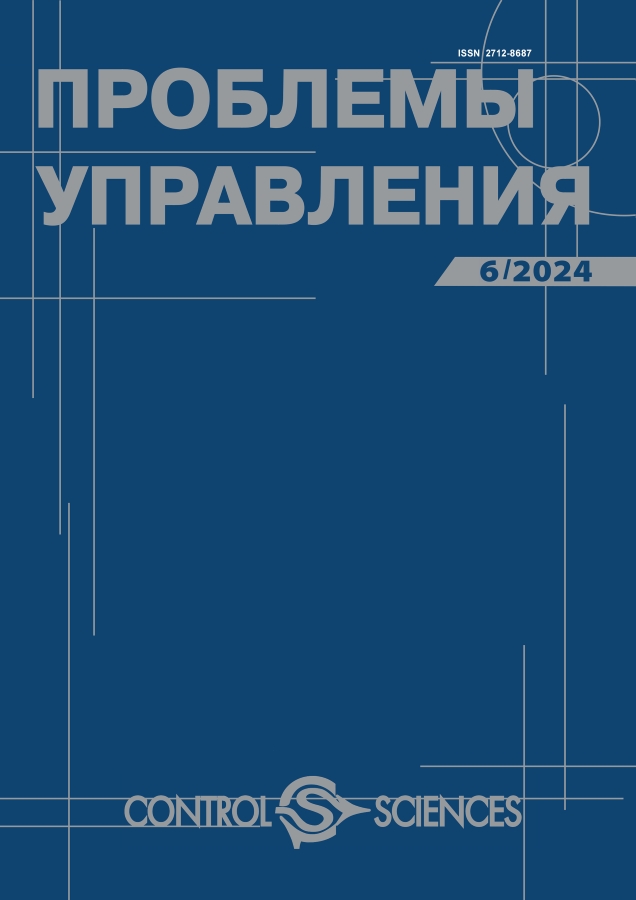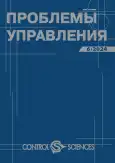Control Sciences
The Journal addresses the needs of a wide community of specialists dealing with control in technical, organizational, social, economic, environmental, biological, and medical systems. The Journal audience also includes control and automation system engineers and developers as well as undergraduate and postgraduate researchers.
The Journal clearly and intelligibly explains the ideas and methods to solve control problems based on modern modeling approaches under a variable environment, incomplete or limited information, conflicting goals, and weakly structured and multiple objectives. These problems are commonly encountered in the real world.
The Journal focuses on systems analysis and general-system operation mechanisms of large-scale objects, theory and techniques of choice and decision-making in complex systems, expertise and data analysis, large-scale system models, applied mathematical control models of various systems, prediction techniques and models, applied models and methods of management in organizations and economy, and the problems of national and regional administration.
Compared to similar journals of the field, Control Sciences is remarkable for a uniform scope of modern control problems, an interdisciplinary approach, and an emphasis on the potential applicability of scientific results.
The Journal publishes original papers with new scientific results on theoretical control problems and applications, comprehensive state-of-the-art surveys of key scientific problems, conference reports of major interest, and brief communications.
The Journal is indexed in Russian Science Citation Index (RSCI) on the Web of Science platform and is recommended by the State Commission for Academic Degrees and Titles (VAK RF) for publishing the materials of candidate’s and doctoral dissertations on control, computer and information science.
No publication fees or payments are charged from the Journal authors.
Issued since 2003. English version issued since 2021.
Frequency: 6 issues per year.
Current Issue
No 6 (2024)
Surveys
Prospective Approaches to Predicting the Remaining Useful Life of Aircraft Engines
Abstract
 3-19
3-19


Analysis and Design of Control Systems
Calculating the Spectral Entropy of a Stationary Random Process
Abstract
 20-26
20-26


Control in Medical and Biological Systems
An Artificial Sensory Component in a Man-Machine System with Combined Feedback
Abstract
 27-37
27-37


Control of Technical Systems and Industrial Processes
Adaptive Control of a Scalar Plant in the Input-Output Form Based on the Identification-Approximation Approach
Abstract
 38-50
38-50


Chronicle
17th International Conference on Management of Large-Scale System Development (MLSDʹ2024)
Abstract
 51-58
51-58












